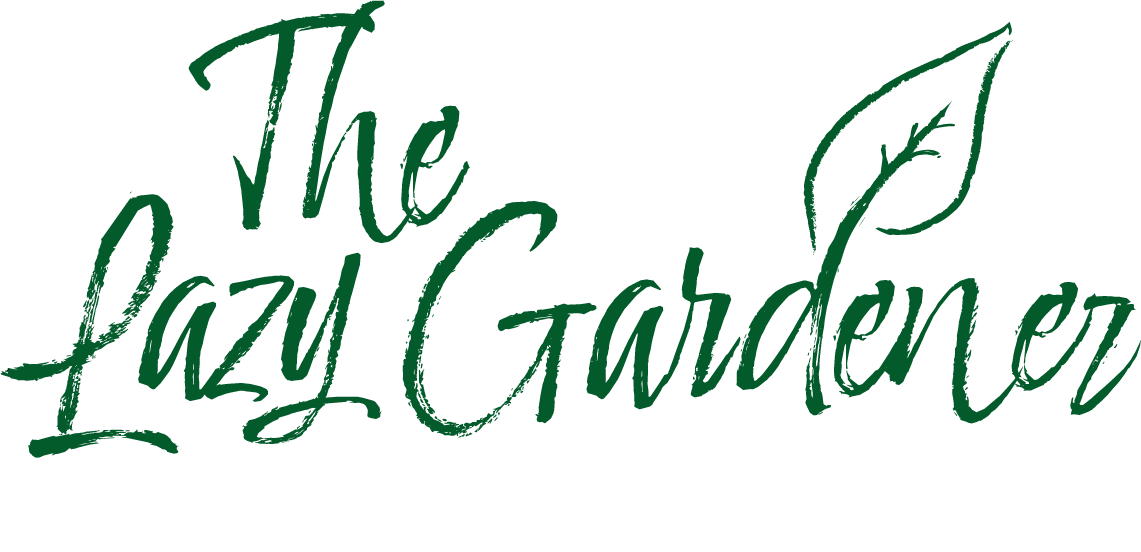By Catherine Wachs
Trees surround us, mute and towering. Most people know very little about how to buy, plant or care for them. So I have elected myself tree spokesperson with this primer on the care of trees.
Ivy is for Halls of Learning, Not Trees.
Trees smothered by vines
Do you have ivy or another type of vine snaking its way up one of your trees? A vine's strategy is to scale trees to get to the light. Once a vine reaches a tree's upper branches it prevents the tree from making food, eventually smothering it. At the same time, a vine adds tremendous weight to the tree, acting like a sail in the wind. These circumstances weaken the tree and it eventually falls.
Vines harbor moisture and insects, inviting disease and infestation. The remedy is simple. Cut all vines encircling the tree, either to the ground or 4 feet up the trunk. The vines higher up will wither and come down on their own over time. Don't pull thick vines or you may bring down more than just the vine! Make sure that the vine is not poison ivy. You'll need a different strategy for that (and hopefully not a trip to the ER). Topped trees do poorly.
Off With Their Heads.
Topped trees do poorly
Topping trees should be a crime. Topping means cutting off the top of the tree. NEVER top a tree, unless you want to hasten its death. It may take years, but it will happen. Besides looking awful, topping is not a good strategy to control growth. Thinning and careful pruning is best done when the tree is young but even mature trees can be "lightened" and pruned away from your house. Use a licensed, insured arborist. Because property damage is never a problem until it is.
Branches pruned too high
Lollipop Trees.
Keep as many branches on the lower trunks as is practical. Not only will it nourish that portion of the trunk, it will prevent what I call the "lollipop" look: a bare trunk with a pouf of greenery at the very top of the tree. This creates an unstable condition for the tree, making it prone to toppling in strong winds as it gets older. Ideally, no more than one third of the tree trunk height should be bare of side branches.
Don't Smother.
If you see a crazy lady pulling mulch away from the trunks of street trees, that's me. Mulch should not be mounded up on a trunk. It promotes rot and insect damage. Leave a ring of about 2" of bare soil around the base of the trunk.
Making the Cut.
Grass growing right up to the tree trunk causes problems for trees. The string edger used to "clean up" the lawn edges after mowing will continually cut into the trunk. Those cuts become an "Eat Here" sign for insects and disease. Either cut the grass in those areas by hand or create a safety area around the trunk, ideally under the full canopy if space allows. Instead of grass, apply mulch, create a woodland planting or install masses of groundcovers like pachysandra or wild ginger. Roots need air, so a mower compacting the soil every week is not the best way to retain fluffy soil. Grass will never grow well in full shade, anyway.
Healthy, u-shape branch
Start Young.
Poor, v-shape branch
When shopping for a new tree, select one with one dominant trunk. If it's a multi-stemmed variety like dogwood, choose one with U-shaped branching as opposed to V's. That is a weaker branch union, prone to cracking as it gets larger.
No Pot.
When planting, make sure the trunk flare is visible (the part of the tree that gets wider at soil level). The hole should be the same depth as the root ball but twice as wide. On larger trees, remove twine and loosen burlap. Make sure potted trees are not root bound. That means the roots completely encircle the inside of the pot. Ask to see the roots before purchasing it. If the tree is root bound, as the tree grows, the circular roots thicken and they will eventually kill the tree.
Think Big.
A common mistake is planting a tree too close to your house. Know the height and width of the final, mature size. That cute, little blue spruce will grow 75 feet and spread 25 feet.
Trees are important friends. Treat them right– give them water when they're thirsty and loving care. In return, they will cool and purify the air, feed and house our furred and feathered friends and produce four seasons of beauty. For more information on the benefit of trees or how to donate a commemorative tree, see my Loop article, Good Things Grow on Trees.







